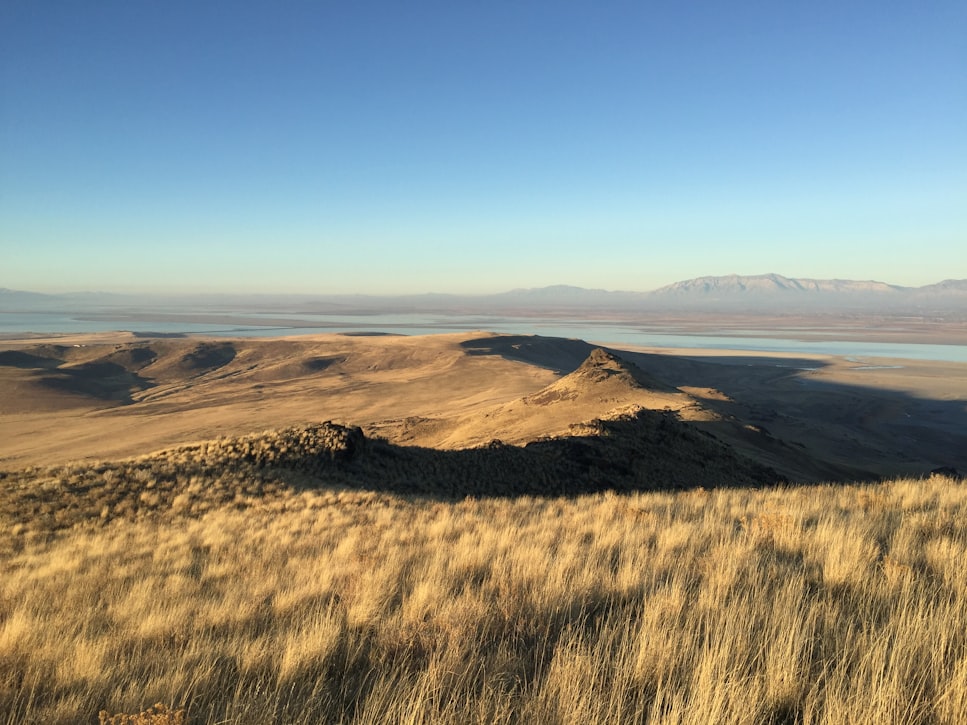Arabs in Sicily: The taking of Mazara

The year 827 AD marks the beginning of what is generally known as ğihād, the Holy War, waged against the Byzantine emperor Michael the Balbo: the Turk Euthimio, rebel of Syracuse, decided to oppose the emperor, arriving in Sicily with an army of Saracens. In my opinion, however, it is necessary to briefly illustrate the events that preceded the outbreak of this Arab-Byzantine war, about which historians seem to show some uncertainties, especially regarding the dating.
Initially Euthimio was configured as the architect of a popular revolt against the Byzantine protospatario and eastern captain Fotino, who ruled the city of Syracuse when Michele il Balbo had to face the threat represented by General Thomas of Cappadocia, who, acclaimed with the title of emperor, had started a real civil war in Constantinople in the years 821-824 AD;
later, a contingent of African and Arab men employed some the islands of Crete, Sicily and Cyclades, recently emerged from the Byzantine domination, starting from 824 AD.
The Turk Euthimio managed to defeat the protospatario Fotino and, on that occasion, proclaimed himself emperor, but he had not considered the hypothesis of a blood feud: two cousins of the protospatario, Palata and Michele, the latter governor of Palermo, succeeded to break down the popular defenses and to enter Syracuse, forcing Euthimio himself to flee, who found refuge in Africa, where he asked for help from the Saracens, who took advantage of it to start the conquest of the island
The outbreak of the ğihād, therefore, coincides with the return of the Turmarca to Sicily: armed the army and prepared the fleet, Euthimio left from the port of Susa, in Tunisia, with the Arab-Berber militias in June 827 AD, disembarking in Mazara, “the closest point of Sicily”. With their settlement, an Islamic culture of a Maġribino character was established in Sicily which, as early as the 9th century AD, had begun to show the first signs of development. More than a meeting between the Arab-Berber and the Sicilian-Greek component, there was a real separation between the two populations, both intent on safeguarding their heritage without any possibility of contact; at least, this was the situation in a first moment, as the Arab invasion will succeed in overcoming the Sicilian-Greek inspired system of government.

Leaving Abū Zakī of the Kināna tribe to preside over the city of Mazara, the Arab army went as far as Syracuse, Chiaramonte and Acri, now known as Palazzolo. The successes reported in the military led the Byzantine emperor Michele il Balbo to ask for the intervention of Giustiniano Partecipazio, doge of the Republic of Venice, to send a Venetian army to the Sicilian territory to help the Byzantines. With the death of the leader Asad Ibn Furat in 828 AD, the fate of the war changed to the detriment of the Muslims, weakened by the pestilence that was increasingly taking hold. When the latter was eradicated, the “Mohammedans”, led by Muadammad Ibn al-Ğiwāri, occupied Mineo, Girgenti and went as far as Castrogiovanni, the ancient name of the city of Enna, where Euthimio died.
The patrician Theodotus appeared on the military scene who, having arrived from Constantinople with a vast army, decided to conduct a direct confrontation with the Arab invader in the Sicilian city, an initiative that proved to be completely unsuccessful: Theodotus, in fact, suffered a heavy defeat and numerous patricians and members of the small nobility were taken prisoner by the Arabs, according to what Muslim chronicles report. The defeat was only momentary, as in 829 AD the Arab fighter Muḥammad Ibn al-Ğiwāri lost his life and a new captain was elected by the army, or Zuhayr Ibn Ġawṯ, who ordered the surrounding territory to be plundered. Theodotus, foreseeing such a move, hurled his army against them, managing to kill a large number of Muslims.
Informed of a surprise attack on Castrogiovanni that the enemy army intended to organize during the night, the Byzantine patrician evacuated the area and, lurking in the district, attacked him from all sides: with the capture of Girgenti too, in the hands of the Arabs remained only the cities Mazara and Mineo, which seemed to anticipate the end of the conflict to 829 AD, ie two years after the landing of Mazara. In that year the Byzantine emperor Michael the Balbo died, who was succeeded by Theophilus.
In 830 AD huge military aid arrived from Africa by the Aġlabite emir Ziyādat Allāh (d. 838 AD) who strengthened the ranks of the Muslim army in Sicily, thus guaranteeing the resumption of hostilities with the Byzantine army. The Arab-Berber troops, which also included Muslims from Spain, regained control of Mineo, killing Theodotus and causing the enemy army to flee, which found refuge near Castrogiovanni.

Subsequently they advanced towards a city known as “Ġallūlia”, identified with Caltanissetta, where they suffered the contagion of a plague that led to the death of numerous warriors, including their commander Asbaġ. The Byzantines took advantage of the Arabs’ retreat from the city to attempt a surprise attack, which prompted a part of the Arab-Berber militia to reach the port of Mazara, setting sail, “disconsolate”, to Spain.
